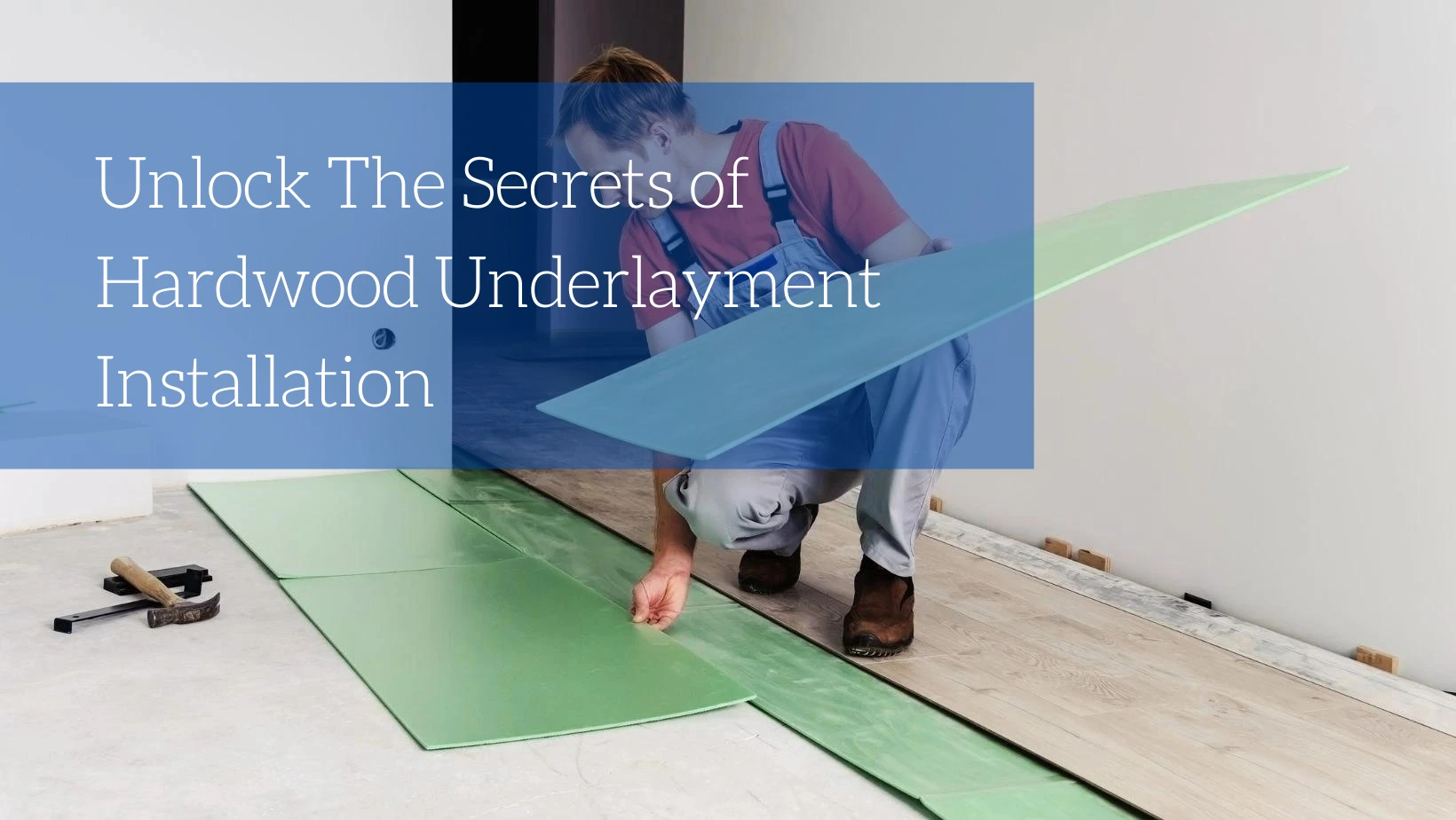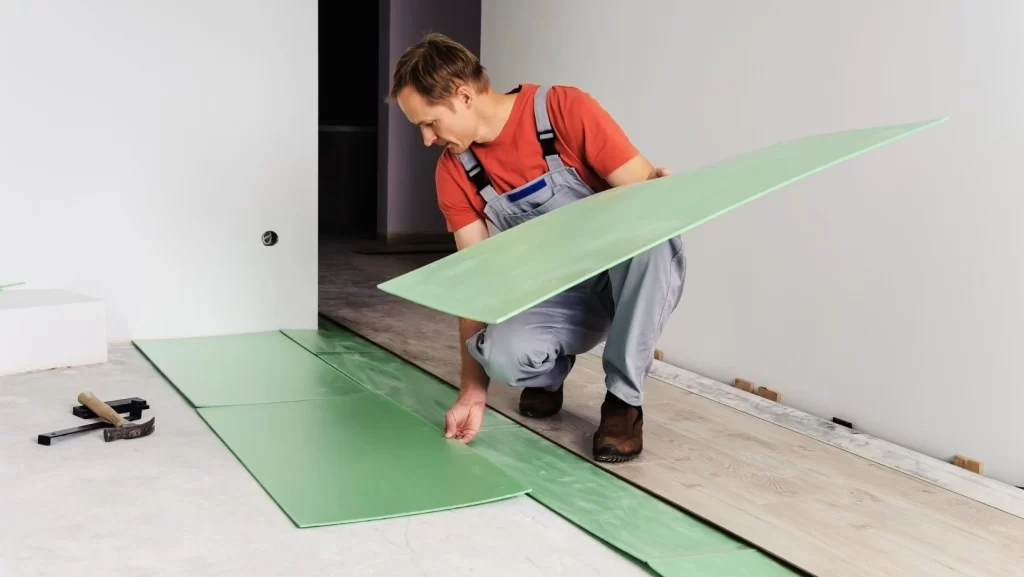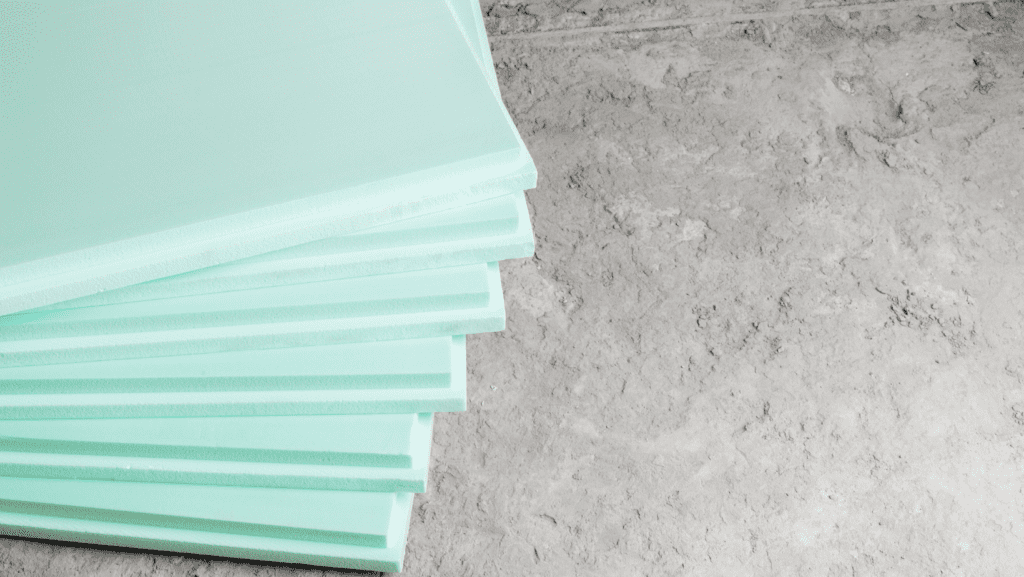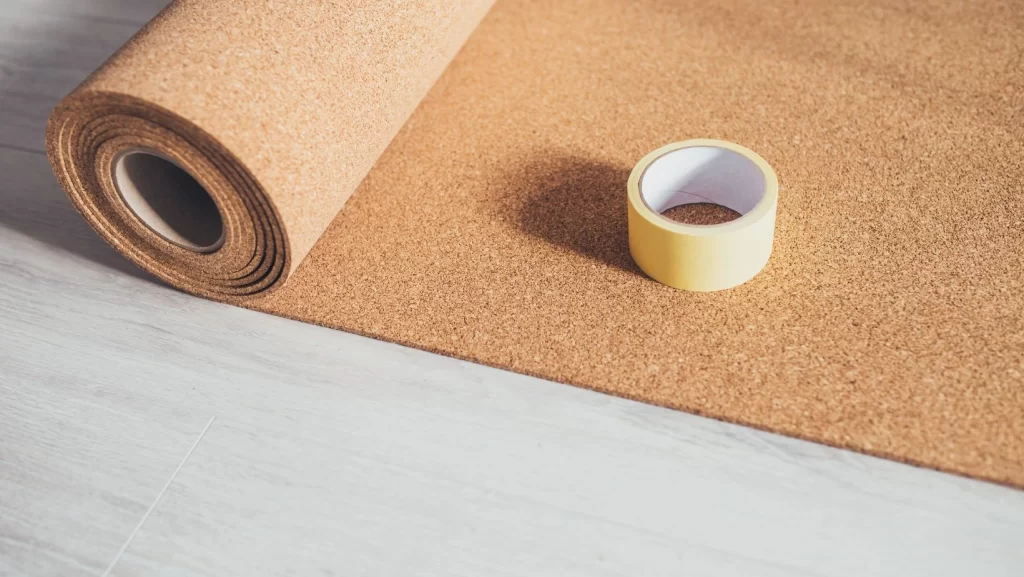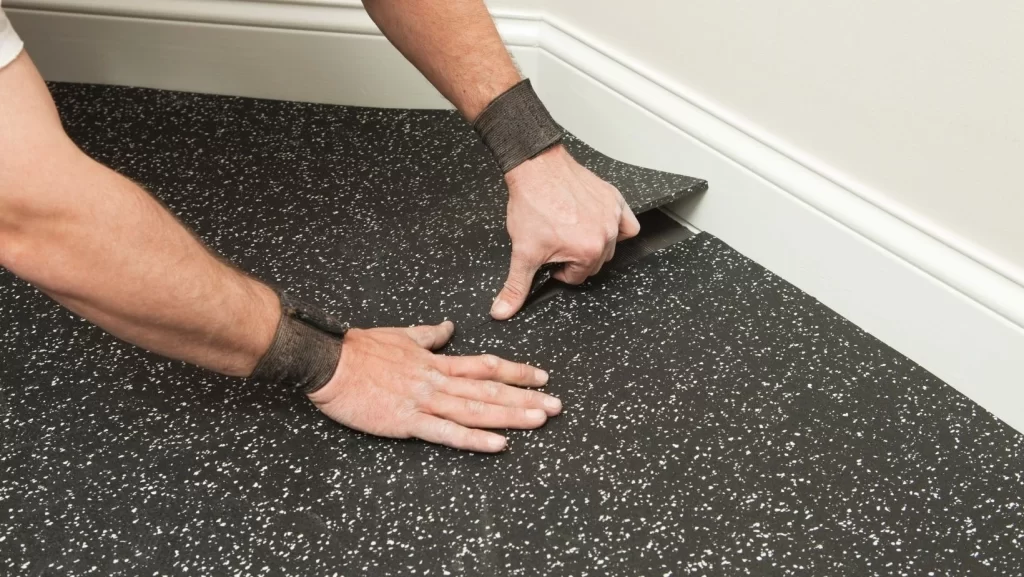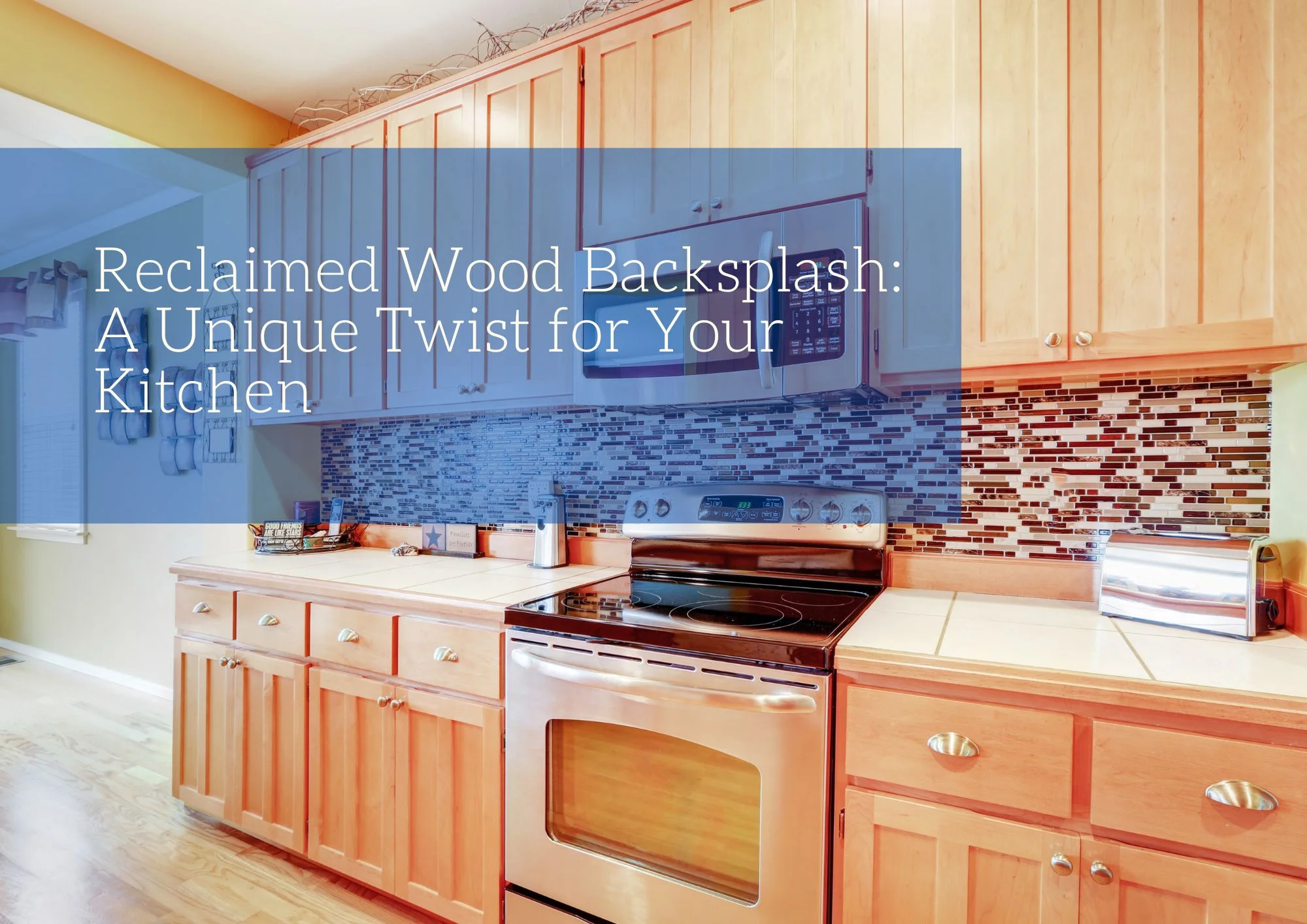Installing hardwood flooring in your home is a fantastic investment that adds beauty, warmth, and value to your living space. However, one of the most critical components of a successful hardwood flooring installation is the underlayment. This unsung hero goes unnoticed, yet it plays a vital role in ensuring the durability, comfort, and longevity of your flooring. In this guide, we will delve into the world of hardwood flooring underlayment, helping you navigate the various options available and discern the perfect match for your home.
Understanding the Importance of Hardwood Floor Underlayment
Before jumping into the types of hardwood flooring underlayment, it’s essential to understand its key functions. An underlayment, typically a thin layer of material installed between the hardwood flooring and a subfloor, serves several purposes:
- Evens Out Subfloor Imperfections – An underlayment helps smooth out minor irregularities and indentations on the subfloor creating a flat and consistently stable surface for the hardwood flooring above.
- Sound Absorption – A crucial feature, especially in multi-storey homes, underlayments help mitigate impact and footfall noise creating a more peaceful and quiet environment.
- Moisture Protection – Underlayments offer a barrier against moisture that may rise from the subfloor or surrounding areas ensuring your hardwood flooring remains in excellent condition.
- Enhanced Comfort – The right underlayment will provide additional cushioning underfoot making it more comfortable to walk on and lessening foot fatigue.
- Thermal Insulation – Some types of underlayment can provide insulation against heat loss making your space more energy-efficient.
- Prolonged Flooring Life – A good quality underlayment can extend the lifespan of your hardwood flooring by preventing it from wearing down prematurely due to the stress of heavy foot traffic and other factors.
Hardwood Flooring Underlayment Options
1. Foam
Foam underlayment is made of polyethylene, which is a lightweight, flexible material that provides cushioning and support for the flooring. One of the main benefits of foam underlayment is its affordability. It is one of the most cost-effective types of underlayment available, making it a popular choice for budget-conscious homeowners. Additionally, this underlayment option is easy to install and can be cut to fit the shape and size of the room.
Foam underlayment also provides a range of functional benefits. It helps absorb sound and reduce noise transmission between floors creating a quieter environment. It also helps to insulate the room and reduce heat loss, making it a good choice for colder climates. Some foam underlayment products also come with moisture barriers which can help protect the flooring from water damage.
2. Felt
Felt underlayment is a type of underlayment that is commonly used in hardwood flooring installations. It is made of a combination of natural or synthetic fibers, such as wool or polyester, that are compressed into a dense, felt-like material.
This underlayment features excellent sound absorption and insulation properties.
3. Cork
Cork is a sustainable material because it comes from the bark of cork oak trees, which can be harvested without harming the tree itself. Cork underlayment is also a good choice for sound absorption because cork is a natural insulator that can help reduce noise transmission between floors.
In addition, cork underlayment has other benefits, such as its natural resistance to mold, mildew, and insects. It can also be a good choice for those with allergies or respiratory issues because it does not release harmful volatile organic compounds (VOCs) like some other types of underlayment.
Overall, while cork underlayment may not be as well-known as other materials like felt or foam, it can be an excellent choice for those looking for a sustainable and effective underlayment option.
4. Rubber
Rubber underlayment is a premium choice offering outstanding sound absorption, comfort, and durability. It is also water-resistant, making it an excellent choice for moist environments. The price point for rubber underlayment is higher, but the benefits ensure a long-lasting and comfortable hardwood flooring experience.
How to Choose the Right Underlayment
Choosing the right underlayment depends on several factors such as the type of flooring you have, the subflooring, the room’s moisture levels, and the type of soundproofing you require. Here are some tips to help you choose the right underlayment:
- Type of Flooring: Different types of flooring require different types of underlayment. For example, laminate flooring requires a specific type of underlayment that is designed to prevent moisture from seeping through and causing damage to the flooring. On the other hand, hardwood flooring requires a different type of underlayment that helps reduce noise and prevent any potential damage caused by moisture.
- Subfloor: The condition of the subfloor can also affect your choice of underlayment. If the subfloor is uneven or has cracks you may need an underlayment that provides additional cushioning or leveling.
- Budget – Determine your budget and evaluate the performance and benefits of each underlayment option within your price range.
- Eco-Friendliness – For homeowners seeking sustainable options, felt and cork are top contenders as they are composed of recycled or renewable materials.
Whether you’re an experienced contractor or a DIY novice, the battle to have hardwood floors that look like a million bucks rests heavily on underlayment installation. Fear not! With just the right combination of knowledge, preparation, time—and a liberal dosage of patience and creativity–anyone can become an ace at hardwood underlayment installment.


